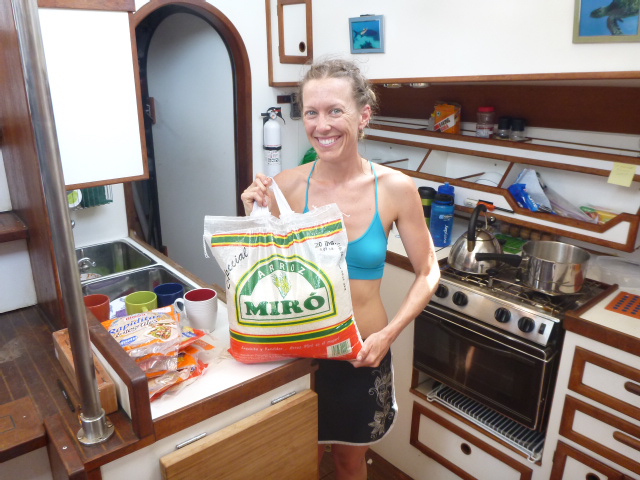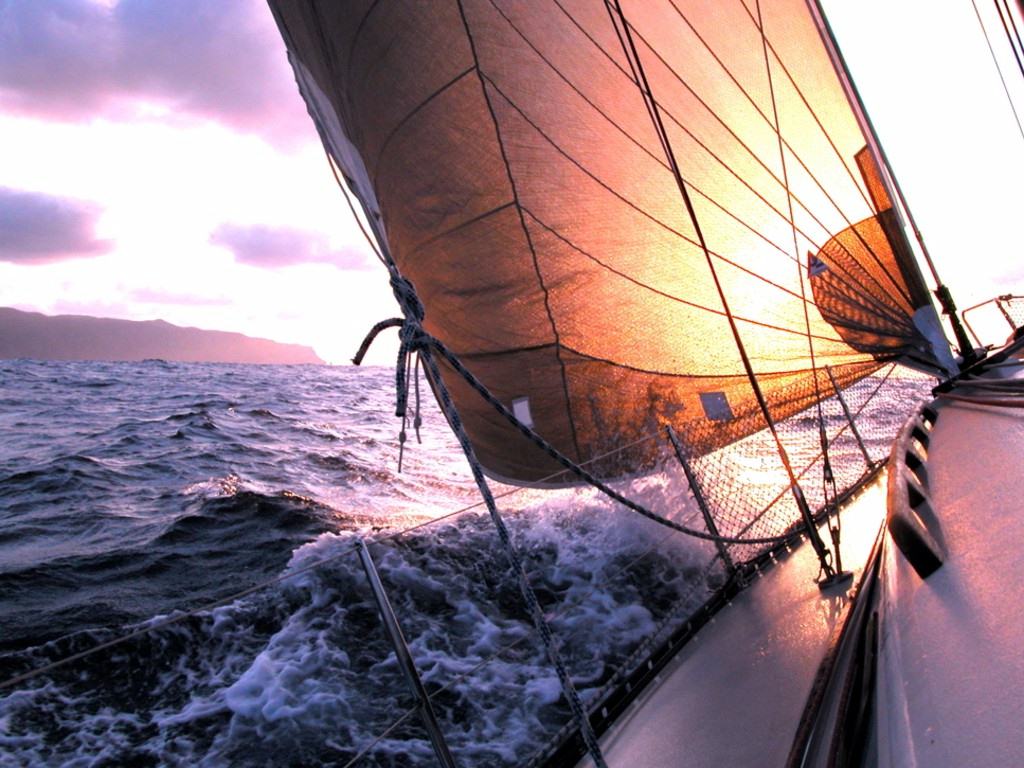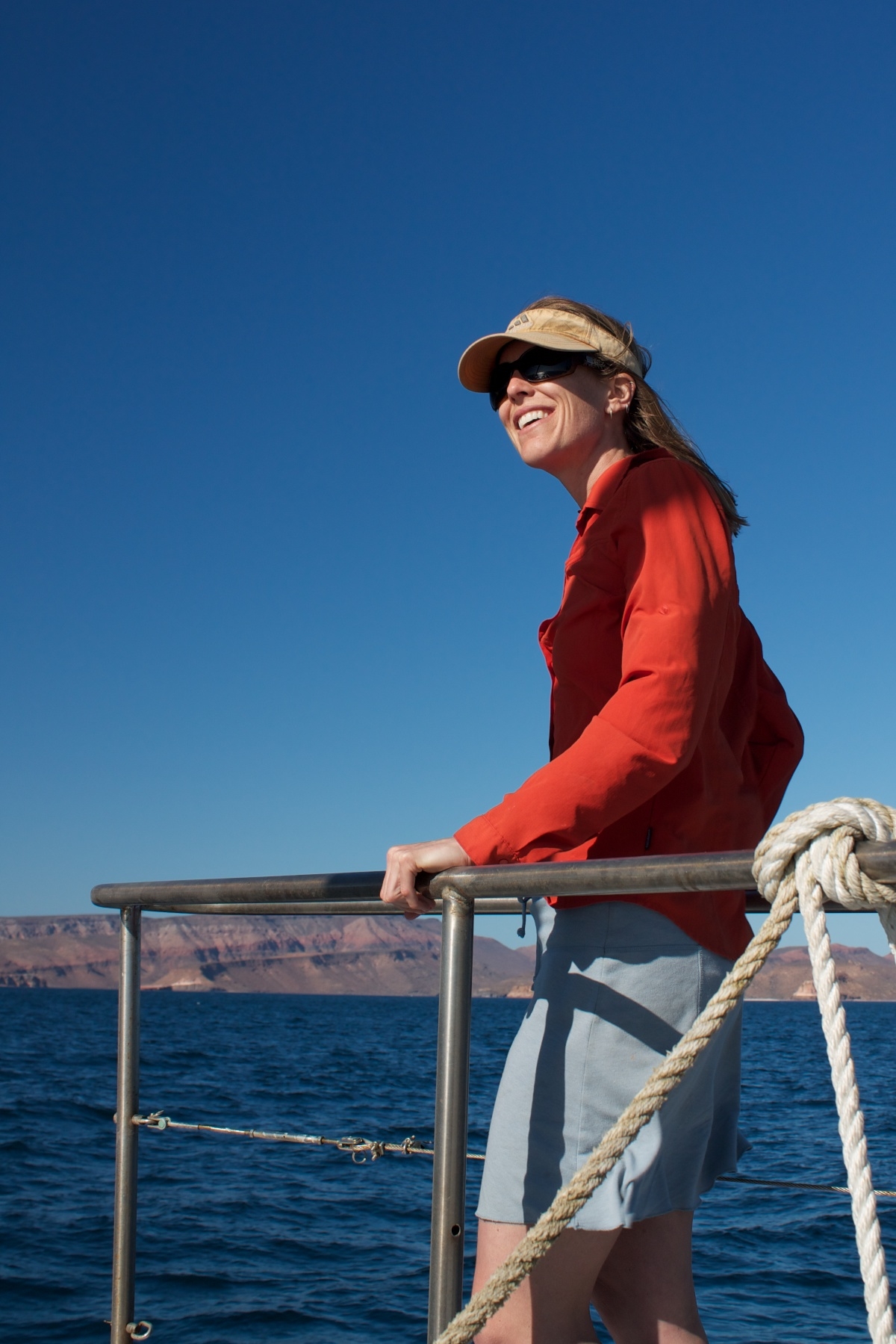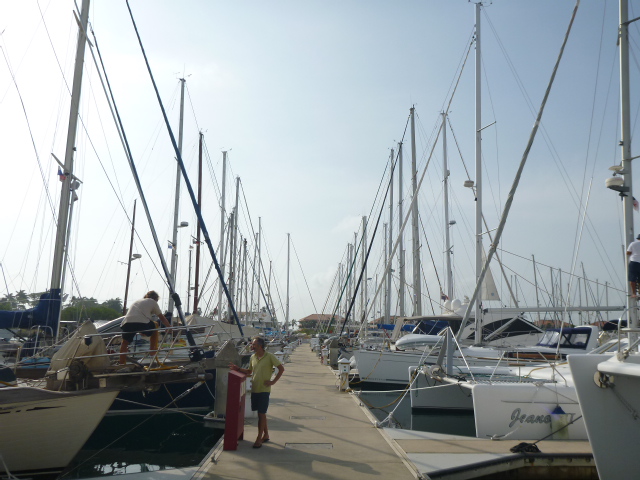Provisioning Your Boat: How To Feed 7 for 40 days
Feeding 7 people for 40 days requires roughly 1.5 feet of grocery receipts per person. It also pencils out to about $6 per person per day. Pretty cheap, right? Especially if you totally ignore the thousands of dollars spent on other parts of sailing a boat across the largest ocean on earth. The conundrum begins when you try and figure out what, exactly, to feed that many mouths for that many days.
I took on boat provisioning as my contribution to the pre-Canal-crossing preparations, while Rob worked on projects ranging from oil changes, to radio setup to repair jobs. This meant making sure we had quantities right, making lists, and checking with the family members on what foods worked for them or didn’t. It also meant careful monitoring of the teenage boys’ ability to consume vast amounts of snacks and dinner portions (and by teenage boys, I include my husband).
P.S. HAPPY 60TH BIRTHDAY, DAD! I LOVE YOU LOTS, AND MISS YOU. THANKS FOR TEACHING ME TO LOVE THE SEA.
First off, we needed a lot of rice. We brought 40 pounds of rice along, which will form the basis of Asian-fusion and Mexican-style style dinners roughly 4 nights a week. Other staples include tortillas (35 bags), beans (25 cans), flour for bread (10 lbs), eggs (30 dozen), and peanut butter (14 pounds). Most cruisers find that they eat more snacks than big meals, based on watch rotations, bouts of queasiness, or general heat-induced apathy toward food. We stocked up on easy edibles, including packets of oatmeal and mashed potatoes, popcorn, tuna cans, fruit rollups, nuts, olives, hummus, and some candy.
As for perishables — well, you don’t get them for long. Our refrigerated space is the size of one shelf in a normal fridge (and remember: 7 people for 40 days). Creativity is key for spicing up those rice and beans. This spice comes from seasoning packets and sauces and chutneys. And, for the first week or so, from all the fresh veggies and fruit we picked up in Panama City. Once the mushy stuff is gone (bananas, mangos, tomatoes, papaya, peppers), we’ll still have hardy produce for a bit (potatoes, coconuts, carrots, plantains, onions, apples, limes). After that, we start dumping in some of the 40+ cans of fruit and veggies I bought in Colon.
Some of the cool tricks I learned about provisioning:
– Boxed milk is irradiated and doesn’t need to be refrigerated until after you open it. We have 35 cartons onboard.
– Eggs stay good if you turn them every 3 days so the yolks don’t stick to the shell and get exposed to bacteria in the air.
– Pressure cookers are awesome for cooking all kinds of food, including fresh bread.
– It’s remarkable how much you can cram in a small space.
– Weevils can infest flour even when it’s double-bagged and in a sealed container.
– You can live on very little for a long time, but you can also make spectacular meals with much less than you think.





















